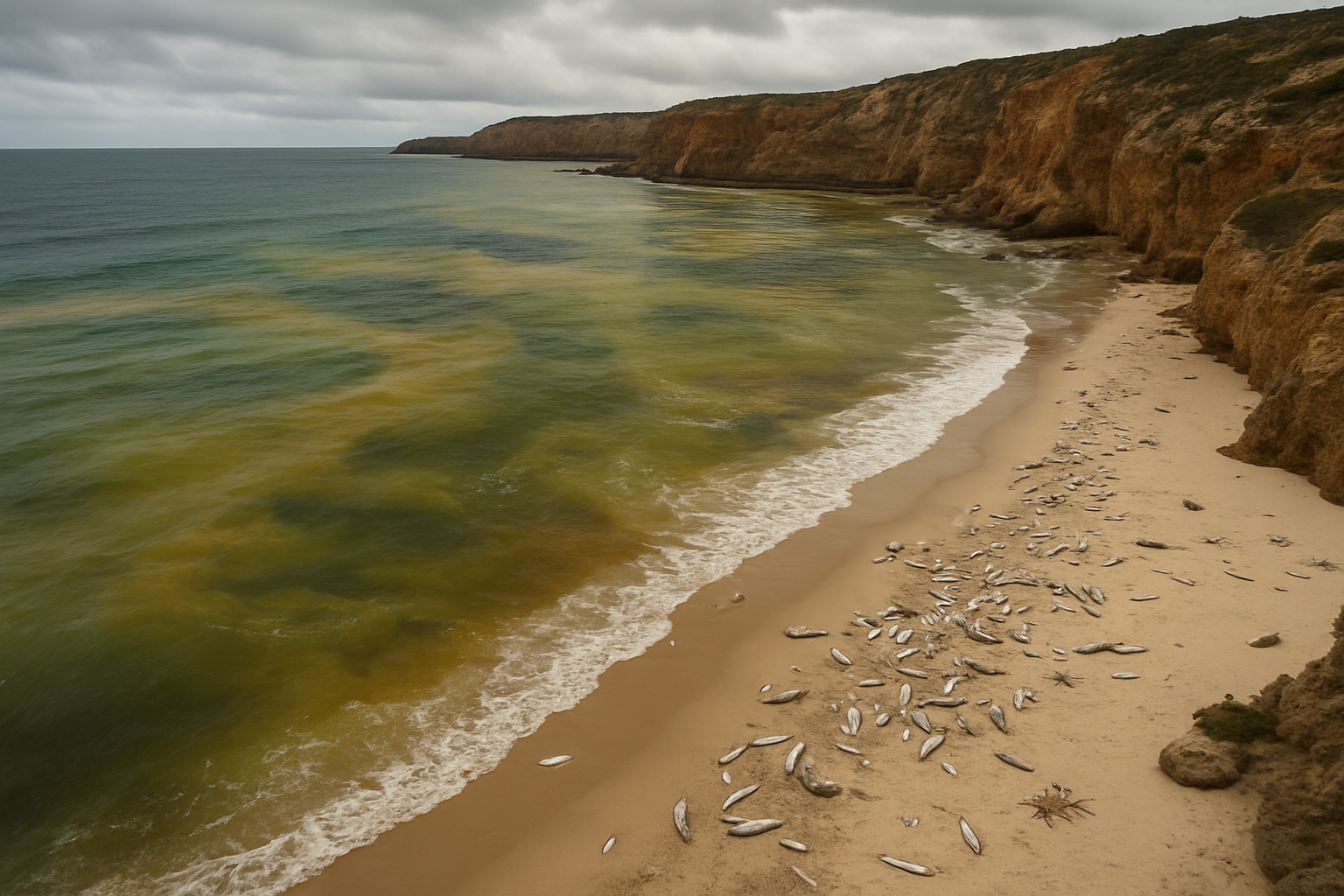Algae Bloom Catastrophe in South Australia: A Wake-Up Call for Environmental Monitoring Tech
A devastating ecological event has unfolded, where an aggressive algae bloom in Australia has caused the death of more than 13,800 marine animals since March. As the bloom continues to spread, the need for better environmental monitoring systems is more urgent than ever.
Media Coverage Applauded – But Technology Must Follow
Major networks including 7NEWS have been widely acknowledged for their consistent and informative coverage of this unfolding disaster. Their reporting has brought national attention to the crisis and has amplified the voices of local communities who are watching their marine ecosystems collapse in real time.
This level of media coverage is valuable, not just for awareness, but for triggering government action and accountability. However, recognition alone doesn’t lead to resolution. The next step is about prevention — and that’s where smart, scalable environmental technologies need to step in.
How Modern Monitoring Systems Could Have Mitigated the Damage
The algae bloom, caused by Karenia mikimotoi, now covers over 4,400 square kilometres, affecting regions from Kangaroo Island to the Adelaide coastline. This organism thrives in still, nutrient-rich waters and spreads steadily approximately 2.5 kilometres per day. Without early detection, such blooms can escalate quickly, as we’ve now seen.
A comprehensive marine environmental monitoring system could have provided earlier warnings. These systems use satellite data, water temperature sensors, and oxygen-level tracking to detect changes in aquatic conditions before they reach critical levels. Had these been deployed more widely, marine biologists and government authorities might have had a lead time of several days or even weeks enough to issue area closures, protect wildlife, and alert the public.
What Could Have Made a Difference: A Real-World Tech Application
Take for instance a remote water quality monitoring system using smart buoys and IoT-based data transmission. These devices collect and analyse real-time data on water temperature, pH levels, oxygen concentration, and algae density. The data is automatically sent to an online dashboard accessible by scientists, councils, and even fisheries.
If this type of system had been in place across Spencer Gulf or near Kangaroo Island, the initial nutrient spike and oxygen drop could have triggered automated alerts. These alerts would have allowed faster decisions about public health warnings, beach closures, and even short-term marine life relocation plans in high-risk zones.
Such technology isn’t theoretical it’s already being used in parts of Europe and Asia. It’s time Australia took the same approach on a wider scale.
This Isn’t Just an Environmental Issue It’s a Public Safety One
The algae bloom has not only devastated marine life but raised public health concerns. One child was hospitalised and pets have fallen ill after exposure to affected water. These are not minor inconveniences — they’re warning signs that we must take marine monitoring more seriously, not just for wildlife, but for people.
In response, the South Australian Government announced a $28 million support package, targeting commercial fisheries, scientific research, and recovery strategies. While it’s a solid start, this funding should also support smarter infrastructure that stops similar crises before they start.
The Role of Long-Term Tech in Environmental Recovery
Recovery from this bloom could take three to five years, according to marine ecologists. That’s three to five years of uncertainty for fisheries, tourism, and local communities. But with the right long-term strategy — built around environmental monitoring and predictive analytics this doesn’t have to be our new normal.
Systems that monitor algal blooms, track oxygen loss, and predict marine heatwaves are not optional anymore. They’re essential tools in an age of climate unpredictability. These tools help governments allocate resources, inform the public accurately, and reduce long-term damage to ecosystems.
Final Word from SecurityBlogs
The situation unfolding in South Australia highlights the need to modernise environmental protection using the right tools. This is not just about reacting to marine loss, but about anticipating risk before it turns into crisis. Just as a duress alarm system helps in a retail emergency, marine monitoring systems help in ecological emergencies.


